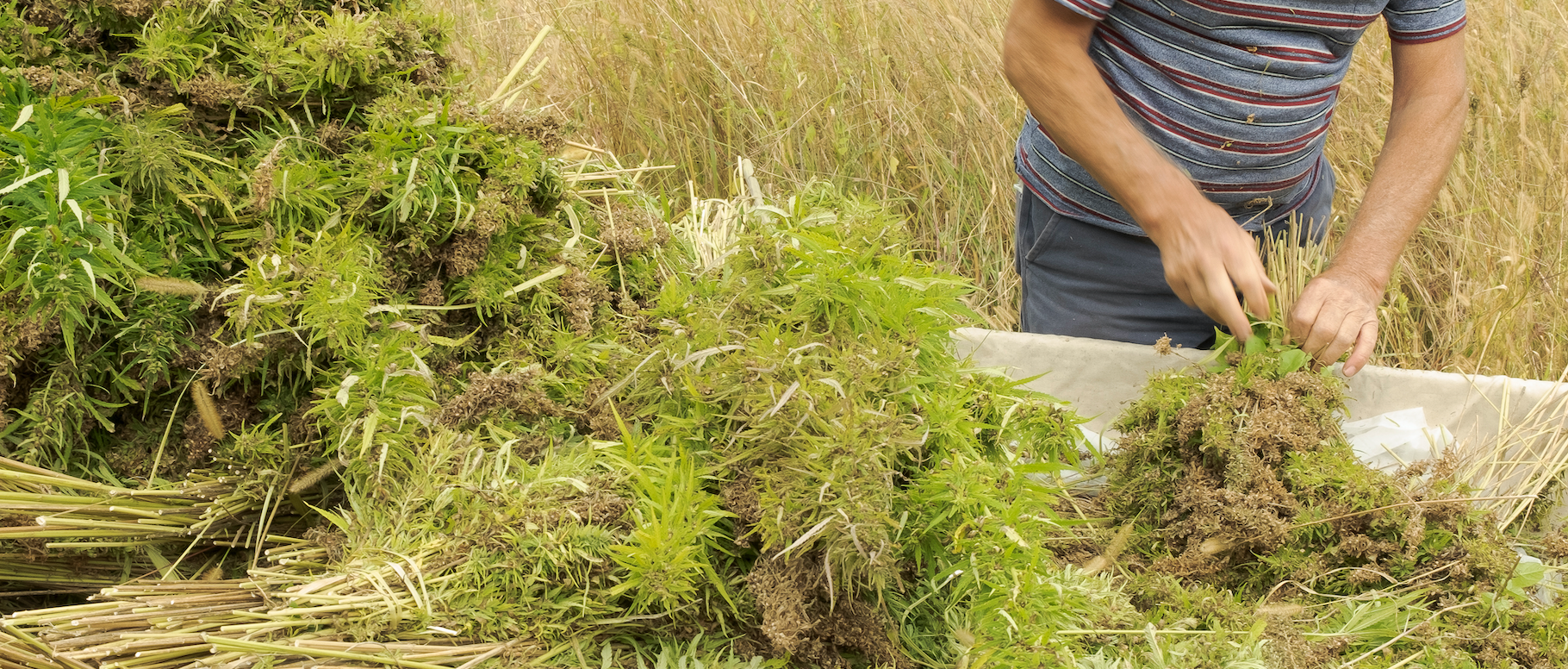11.21.2025
Sausage casings bulletin, November 21, 2025

...

The new normal that we’re all adjusting to as a result of the global pandemic has implications for a wide range of industries, hemp included. Hemp prices in 2020 were not projected to see much upward movement without a major regulatory change by the FDA that would drive demand by larger industry. Overall volume is down, with very little biomass trading hands. Extractors have deep inventories of extracts, too deep, and many facilities are idle, or pivoting to THC remediation. Tolling fees are very competitive in markets like Colorado, where extraction capacity is highest. T-free distillate – and distillate in general – is moving more than anything, and this in turn drives some demand for crude.
Certified organic products are increasing in volume, for biomass, flower, crude and distillates. This and cGMP practices can have an impact on hemp pricing and CBD prices, with the market bifurcating over processes using premium inputs and manufacturing practices and those that are not and have less sophisticated quality assurance practices. We’ll be reporting these as separate price categories now. Because inventories are so deep, and operators are desperate, the lines are sometimes blurred between the premium and standard market pricing, but these markets evolve quickly, and product pricing premiums are becoming more evident.
The hemp industry was wobbly before COVID-19 hit, but this new crisis adds further downward pricing pressure. The larger CBD companies with national distribution have had lackluster sales for their first foray into mainstream national retailers. Some report earnings off by a third, and 2020 forecasts are down universally. Nevertheless, some retailers are holding their own with locally marketed brands that allow for personal interactions with consumers, curious about CBD. Hemp prices after coronavirus will see the same forces at play throughout the economy, with demand down as a result of many aspects of commerce coming to a screeching halt.
The bright spot one can look to with hemp prices after COVID-19 is the injection of money into the economy. Hemp businesses could see a major assist following dramatic adjustments in monetary policy and a massive $2 trillion stimulus package that will do everything from place dollars directly into moderate earners pockets, offer incentives for businesses to maintain workers on their payrolls, and provide financial aid that is earmarked specifically for agriculture, though it is unclear to what extent hemp will benefit through this channel. Local food systems were specifically listed in the bill’s language, so this very well could help buoy the hempseed grain segment.
Overall biomass pricing could see a strengthening in Q3 for properly stored product with a current COA reporting a desirable cannabinoid profile. Hemp derivatives like Crude CBD extract, full spectrum, and T-free distillates may see some increased sales volume which may increase extraction activity in some areas. Markets are diverse, and some companies are doing ok with good business and marketing relationships, reliable export markets, or direct to consumer sales. At this point, everyone is impacted to some extent. The hemp industry will need to take advantage of any government assistance to ride out this storm, which at this point, appears to still be gathering strength.